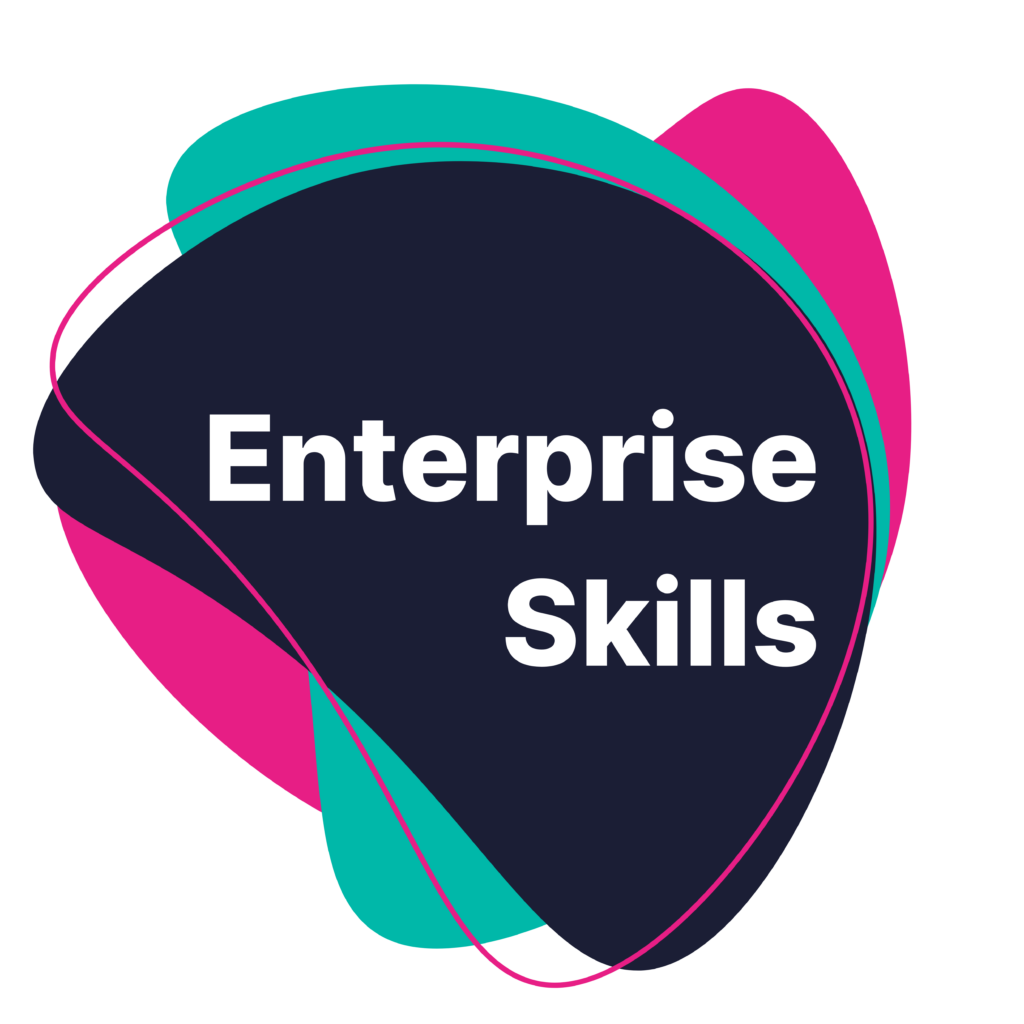Syllabus: WJEC - GCSE Business
Module: 1. Business Activity
Lesson: 1.7 Business Growth
Jump to Section:
Introduction
Business growth is a vital part of the WJEC GCSE Business specification (1.7 Business Growth), sitting within the “Business Activity” unit. This topic helps students explore how and why businesses expand, and what that means for owners, employees, and consumers.
From a teaching perspective, this lesson presents an opportunity to connect abstract business terminology with practical, real-world developments – think Amazon’s relentless expansion or the challenges faced by small firms scaling up. It’s also a natural link into enterprise thinking, giving students insight into risk, reward, and decision-making – all while building towards assessment success.
Key Concepts
According to the WJEC specification, students should be able to:
Define business growth and distinguish between organic (internal) and external growth.
Understand mergers and takeovers (acquisitions), including their impact on stakeholders.
Recognise economies and diseconomies of scale, including their types and real-world implications.
Identify reasons why businesses choose to remain small.
Evaluate the advantages and disadvantages of different methods of growth.
The emphasis is not just on definitions but also on applying them in context. Students should be confident explaining how these concepts play out in different business scenarios – a skill directly transferable to assessment.
Real-World Relevance
This topic is built for real-world discussion. Consider these examples for immediate classroom application:
Greggs’ expansion through high street growth, product range diversification, and extended opening hours offers a neat case of internal growth.
Meta’s (Facebook) acquisition of Instagram demonstrates external growth, highlighting the strategic value of acquiring talent and user bases.
Local SMEs (such as independent cafés or gyms) choosing to stay small to retain control and offer personal service can help students relate the theory to businesses they know.
Prompt students to investigate local or national examples of growth or to track how businesses use press releases to explain expansion plans. This helps them see that growth isn’t just a business theory – it’s a decision made every day.
How It’s Assessed
WJEC exam questions around Business Growth typically use a combination of:
1–2 mark questions testing recall (e.g. “Define a takeover.”)
4–6 mark application questions (e.g. “Explain one advantage of internal growth for a business like Greggs.”)
8–12 mark evaluative questions, often requiring structured reasoning and balanced arguments (e.g. “Discuss the advantages and disadvantages of external growth for a growing business.”)
Command words like “Explain”, “Analyse”, “Evaluate” and “Discuss” appear frequently. Encourage students to build structured responses using case studies and stakeholder impact to boost their scores.
WJEC’s mark schemes reward context-rich answers and structured reasoning, not just business vocabulary.
Enterprise Skills Integration
Business growth is a springboard for active learning. This topic naturally develops:
Problem-solving: What should a business do when it’s growing too fast?
Decision-making: Should a business merge, take over, or grow internally?
Strategic thinking: What happens when economies of scale turn into diseconomies?
Risk evaluation: What could go wrong with a merger?
Enterprise Skills’ Business Simulations drop students into scenarios where they must make growth decisions with real trade-offs. These experiences build understanding through doing – perfect for embedding this content without needing extra planning time.
Careers Links
This topic connects strongly to Gatsby Benchmarks 4, 5, and 6 – linking curriculum to careers and encounters with employers:
Careers in finance, consultancy, operations, and entrepreneurship all deal directly with growth decisions.
Encourage students to explore roles such as Business Analyst, Marketing Manager, or Start-up Founder.
Invite local business owners or alumni to share their experiences with growth (or the decision not to grow).
Using real employer encounters or simulation tools can provide authentic insights and build employability skills.
Teaching Notes
What works:
Mini case studies: Use real brands like Innocent Drinks or BrewDog to illustrate internal vs external growth.
Scenario-based discussions: Pose dilemmas like “Your bakery has 3 locations – do you franchise or open a new site?”
Simulations or role-play: Let students act as different stakeholders and debate a merger.
Common pitfalls to address:
Confusing internal and external growth methods.
Over-simplifying economies of scale.
Forgetting to link impact back to specific stakeholders.
Stretch activities:
Ask students to research a recent merger or acquisition and evaluate its success.
Challenge them to map out a five-year growth plan for a fictional or real business.
Time-saving tip: The Skills Hub platform offers plug-and-play tools specifically aligned to this unit – built for real classrooms and designed to reduce planning time.


